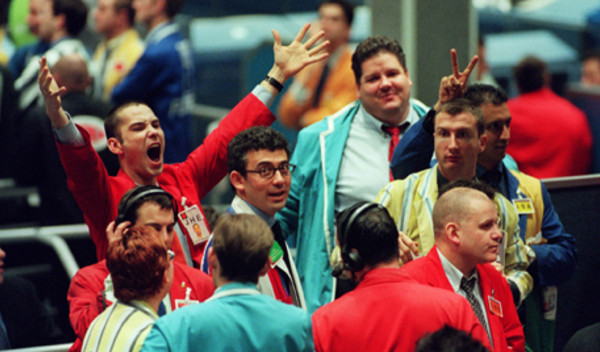

We would certainly not put ourselves in the ‘end of the world is nigh’ camp. But we have been warning our investors for some time that, following the strong (QE-fuelled) recovery in asset prices over the last seven years, returns over the next few years are going to be significantly lower than we have become used to. The journey is going to become a lot more uncomfortable, too.
This has certainly been the case so far in 2016, with global equities suffering one of their worst starts to a year on record before recovering all their losses over the past six weeks. Interestingly, the recovery in both equities and corporate bonds came at a time when (according to the February Bank of America Merrill Lynch fund manager survey) investors were holding their highest level of cash since November 2001.
Certainly, 2016 being the Chinese year of the monkey seems quite apt, as Mr Market has done his level best to make a monkey out of all of us during the first quarter.
Given our relative caution, we continue to believe that an underweight position in equities is appropriate. However, we do like the asymmetric return profile of convertible bonds as well as the abundant opportunities thrown up from this asset class for active managers. As a result, we hold more in convertibles than ever before.
Over the past six months, we have been reducing our overweight position to UK commercial property. This asset class was one of the last to recover from the financial crisis and given its poor liquidity profile, I would suggest this is a party you should leave when the dance floor is still relatively crowded. That said, our major concern is London prime and we still believe that many areas of the market are likely to produce solid single-digit returns over the next year or two.
Although we consider ourselves to be contrarians, perhaps (as one of my colleagues on the Premier multi-asset desk pointed out recently) we are not quite as contrarian as we like to think.
He was pointing to the performance of gilts, which, in spite of having very few friends in the land of retail investing, have not only been one of the best-performing assets on a risk-adjusted basis over the past 30 years, but have continued to confound investors with their returns in 2016. Three years after the prediction of a ‘great rotation’ from bonds to equities, we’re still waiting.
Of course, it is mathematically impossible for gilts to reproduce the returns of the past three decades and we’re certainly not about to go piling in now. However, given the likelihood of ongoing ultra-low interest rates, we have taken advantage of widening credit spreads and dislocation in some of the less liquid and unloved areas of the corporate bond market to increase our exposure.
Finally, a word on emerging markets, which have enjoyed an excellent start to the year on both the debt and equity side. Have conditions improved that much for EMs? I don’t believe so, but they have probably stopped getting worse. This, combined with its current lack of friends, is normally enough for a change in fortune in any asset class that has suffered as much as many parts of the EM universe have over the past few years.
David Hambidge is director of multi-asset funds at Premier Asset Management



